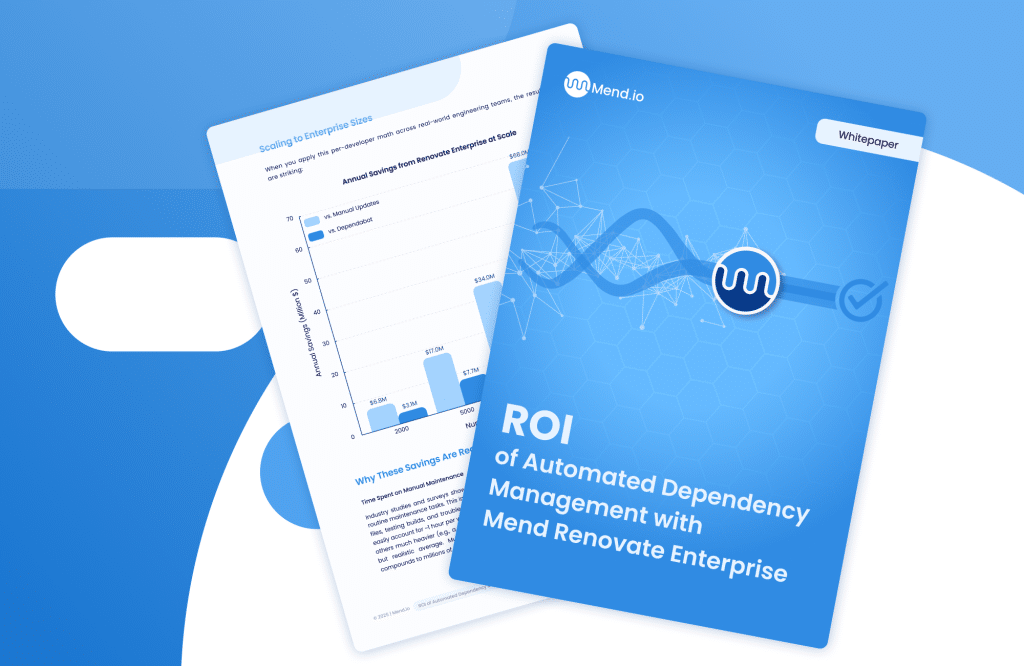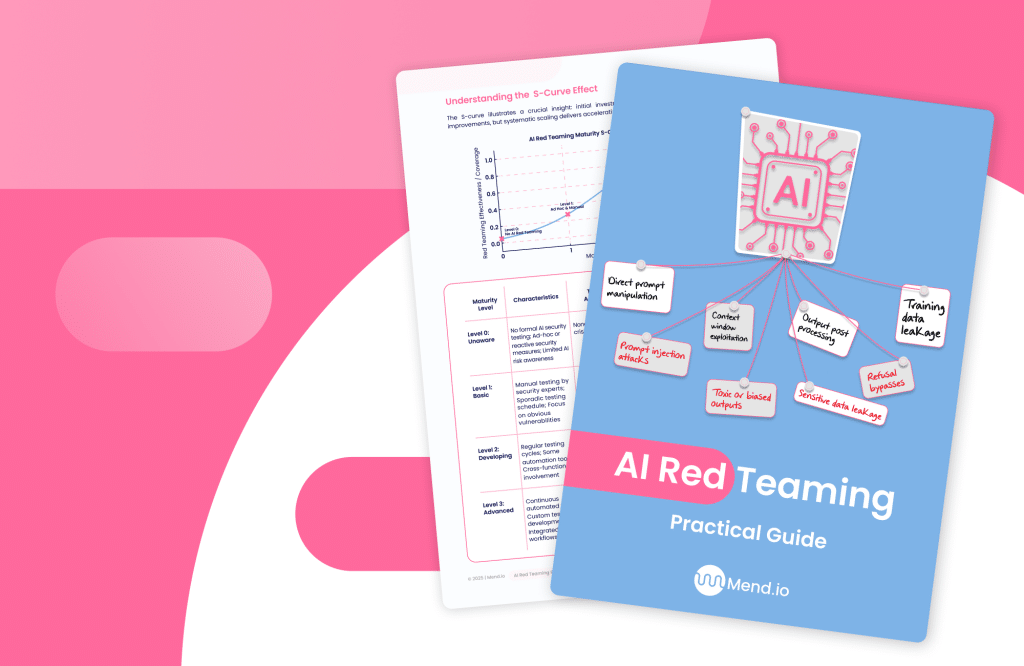Table of contents
Bigger Data, Bigger Problems: Three Major Challenges in Big Data Security

Big Data helps businesses make smarter decisions, deliver better products, and operate more efficiently.
But the more data companies collect, store, and analyze, the greater the security risks they face.
In this article, we break down three of the most urgent big data security challenges companies must address—and how to overcome them.
Why Big Data Security Challenges Are Escalating
Big Data is no longer exclusive to the largest enterprises. Organizations of all sizes across every sector are generating massive volumes of information—from customer interactions and supply chain logistics to sensor data and social media activity. These datasets are essential for innovation, personalization, and competitiveness.
But while data has become a critical asset, it’s also a major liability if not properly protected. According to a recent report by IDC, global spending on Big Data and analytics continues to rise, with investments surpassing $200 billion annually. At the same time, data breaches are becoming more frequent and severe, and attackers are increasingly targeting large data environments for maximum payoff.
Perhaps the most infamous example is the Equifax breach, where sensitive information from over 140 million people was compromised. The scale of that breach underscored the devastating consequences of failing to secure Big Data infrastructure. It’s no longer enough to have advanced analytics capabilities—organizations must treat Big Data security as a board-level priority.
Let’s examine the three most pressing big data security challenges and why they’re so difficult to address.
Challenge #1: Data Infrastructure
One of the most fundamental security challenges in Big Data environments is the complexity of managing multiple, diverse data sources. Today’s organizations collect data from a range of inputs—internal databases, SaaS applications, customer portals, cloud storage, mobile devices, APIs, and even IoT sensors. Each of these inputs may have its own structure, format, access controls, and security protocols.
This diversity makes it difficult to enforce consistent security standards. Data may flow between systems that were never designed to work together securely. As data is aggregated for analysis, it’s often transferred, transformed, or cached in intermediate systems—each creating new risks if not properly protected.
Every additional data source represents a potential entry point for attackers. If one system lacks strong authentication, encryption, or logging, it can be exploited to gain access to the broader data environment. Even worse, these weak points often go unnoticed until an incident occurs.
The challenge isn’t just technical—it’s organizational. Different teams may own different data sources, with inconsistent governance and unclear accountability. This makes unified security strategy difficult to implement across the full data lifecycle.
Challenge #2: Dispersed and Decentralized Infrastructure
In the past, sensitive data might have been stored in a central on-premises data center, where security teams could enforce policies more easily. Today, that model is obsolete. Data is now spread across hybrid cloud environments, edge devices, multi-cloud platforms, and geographically distributed data centers.
This dispersion increases flexibility, scalability, and resilience—but it also vastly expands the attack surface. Securing data in a decentralized environment requires careful coordination of access control, encryption, monitoring, and incident response across dozens (or even hundreds) of systems.
Often, different infrastructure components are managed by different vendors or business units. Public cloud services like AWS, Azure, or Google Cloud offer native security features, but these require expert configuration. Misconfigured cloud storage, for example, remains one of the most common causes of data exposure.
In some cases, security policies may be defined at a corporate level but implemented inconsistently across systems. Without unified visibility and governance, it’s difficult to know where sensitive data resides, who has access to it, and how it’s being protected.
Challenge #3: Insecure Open-Source Technologies
The Big Data ecosystem relies heavily on open-source technologies like Hadoop, Spark, Kafka, Cassandra, MongoDB, and a variety of NoSQL databases. These tools have revolutionized how organizations store and process massive datasets—but they were not built with security as a core feature.
Many open-source platforms lack built-in encryption, fine-grained access control, or secure APIs. Some require manual configuration for even basic security functions like role-based access, TLS encryption, or audit logging. If deployed using default settings, these tools can expose organizations to serious vulnerabilities.
Adding to the challenge, open-source software components are often updated by global developer communities, and organizations may not have a clear process for tracking and patching known vulnerabilities. A critical flaw in an open-source library—left unpatched—can serve as an easy backdoor for attackers.
Security teams may also struggle to integrate these tools with enterprise identity and access management (IAM) systems or SIEM platforms, creating visibility gaps that attackers can exploit. As Big Data stacks grow more complex, so does the task of securing them.
Strategies to Address Big Data Security Challenges
Although the risks are significant, organizations don’t have to start from scratch to improve Big Data security. A few strategic shifts can make a big impact:
First, unify access management across data sources. Implement a centralized IAM strategy that governs access based on user roles, behaviors, and data sensitivity. Enforce multi-factor authentication, strong password policies, and session monitoring.
Second, treat your cloud environments with the same rigor as your internal systems. Use automated tools to identify misconfigurations, enforce encryption, and monitor unusual activity across all cloud assets. Security posture management tools can help ensure consistency across multi-cloud environments.
Third, continuously scan open-source components for vulnerabilities and update them regularly. Integrate security scanning into your DevOps pipeline to catch issues early and reduce risk before deployment.
Finally, regularly test your environment. Conduct red teaming exercises and penetration tests to simulate attacks on your Big Data infrastructure. Use the results to patch weak points, refine incident response plans, and improve resilience.
Security isn’t a one-time project—it’s an ongoing process that must evolve alongside your data strategy.
Conclusion: Security is the Price of Big Data Power
Big Data enables organizations to move faster, predict better, and serve customers in smarter ways. But this power comes with responsibility. Without proper controls, monitoring, and policies, Big Data becomes a massive liability.
The most urgent big data security challenges—fragmented sources, dispersed infrastructure, and insecure open-source foundations—won’t go away on their own. Companies that take a proactive, strategic approach to mitigating these risks will be far better positioned to unlock the full value of their data while maintaining trust and compliance.
Securing Big Data is no longer optional. It’s a competitive necessity.






